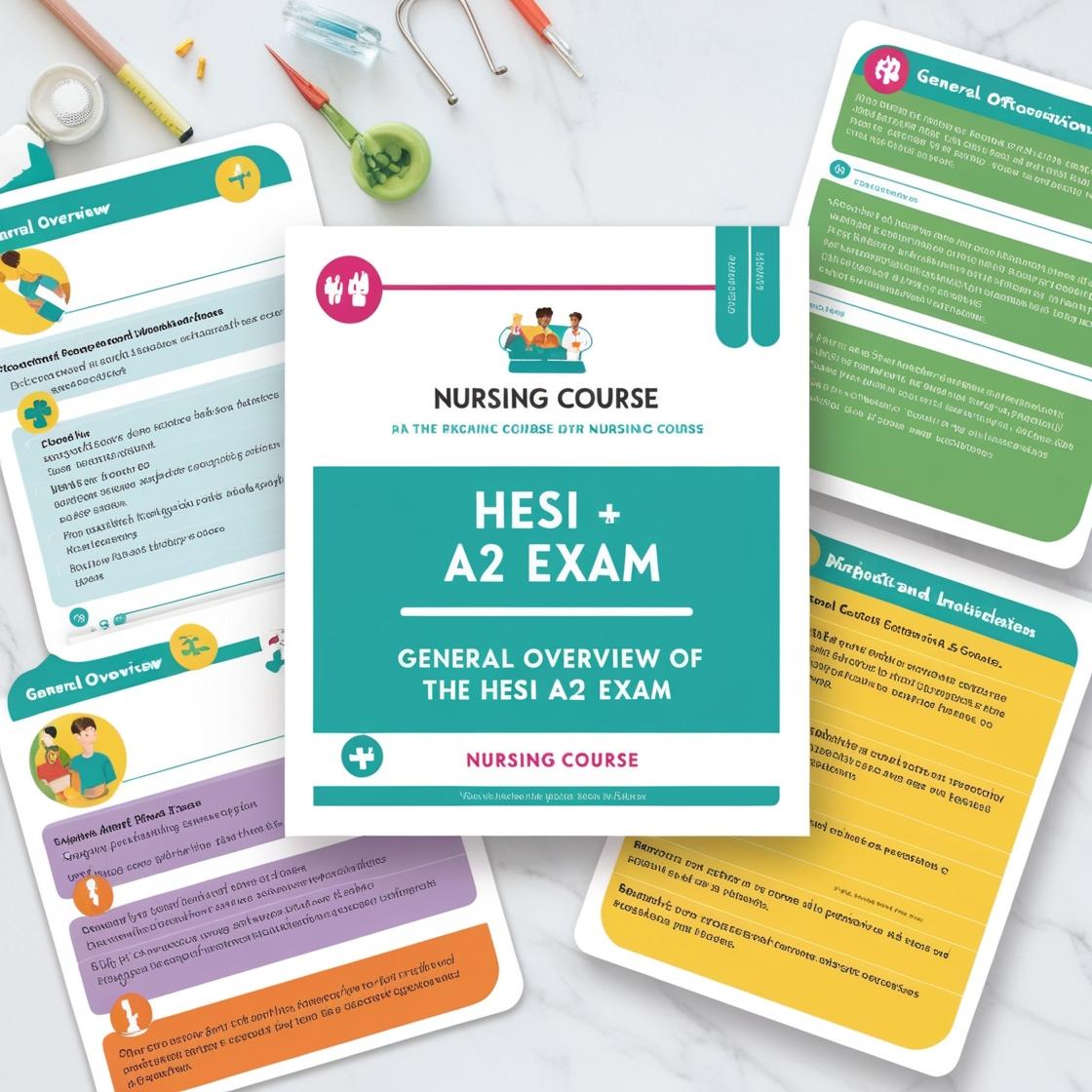HESI A2
HESI A2 Chemistry Questions
1. What is the SI unit of energy?
- A. ohm
- B. joule
- C. henry
- D. newton
Correct answer: B
Rationale: The SI unit of energy is the 'joule'. The joule is defined as the work done when a force of one newton acts over a distance of one meter. It is the standard unit used to measure energy in the International System of Units (SI). Therefore, the correct answer is 'joule.' Choice A, 'ohm,' is the SI unit of electrical resistance, not energy. Choice C, 'henry,' is the SI unit of inductance, not energy. Choice D, 'newton,' is the SI unit of force, not energy. Hence, they are all incorrect in the context of measuring energy.
2. Which element has the chemical symbol 'Fe'?
- A. Lead
- B. Iron
- C. Silver
- D. Copper
Correct answer: B
Rationale: The correct answer is 'Iron' as it has the chemical symbol 'Fe'. Chemical symbols are used to represent elements in the periodic table, and 'Fe' specifically refers to Iron. Choice A, Lead, is incorrect as the chemical symbol for Lead is 'Pb'. Choice C, Silver, is incorrect as the chemical symbol for Silver is 'Ag'. Choice D, Copper, is incorrect as the chemical symbol for Copper is 'Cu'. Therefore, 'Iron' is the only element among the choices with the chemical symbol 'Fe'.
3. Which of the following is a property of an acid?
- A. Bitter taste
- B. Slippery feel
- C. Reacts with bases
- D. Sweet taste
Correct answer: C
Rationale: The correct property of an acid is that it 'reacts with bases.' Acids are known for their ability to react with bases to form salts and water through a process called neutralization. This unique reaction distinguishes acids from other substances and is a fundamental characteristic of acids in chemistry. Choices A, B, and D are incorrect. Acids do not have a bitter taste (Choice A), a slippery feel (Choice B), or a sweet taste (Choice D). These properties are not typical of acids and may lead to confusion if associated with acids.
4. Which of the following is a colligative property of a solution?
- A. Freezing point depression
- B. Viscosity
- C. Surface tension
- D. Boiling point elevation
Correct answer: A
Rationale: A colligative property is a property that depends on the number of solute particles in a solution, not on the identity of the solute particles. Freezing point depression is one such property, where adding a solute to a solvent lowers the freezing point of the solution compared to the pure solvent. This phenomenon occurs because the presence of solute particles disrupts the formation of the regular crystal lattice structure, requiring a lower temperature for solidification to occur. Choices B, C, and D are not colligative properties. Viscosity and surface tension are not dependent on the number of solute particles but on intermolecular forces and molecular interactions. Boiling point elevation is another colligative property, but in this case, the question asked for a colligative property of a solution, making freezing point depression the correct answer.
5. What is the name of the bond formed when two atoms share electrons?
- A. Covalent bond
- B. Ionic bond
- C. Metallic bond
- D. Hydrogen bond
Correct answer: A
Rationale: A covalent bond is formed when two atoms share electrons, creating a stable electron configuration. This sharing allows both atoms to achieve a full outer shell of electrons, leading to a stable molecule. In contrast, an ionic bond involves the transfer of electrons from one atom to another, resulting in the formation of ions with opposite charges. Metallic bonds are formed between metal atoms and involve a 'sea of electrons' that are delocalized and free to move. Hydrogen bonds are a type of intermolecular force, not a true chemical bond, and occur between a hydrogen atom and a highly electronegative atom like oxygen or nitrogen.
Similar Questions

Access More Features
HESI A2 Basic
$89/ 30 days
- 3,000 Questions with answers
- 30 days access @ $89
HESI A2 Premium
$129.99/ 90 days
- Actual HESI A 2 Questions
- 3,000 questions with answers
- 90 days access @ $129.99
